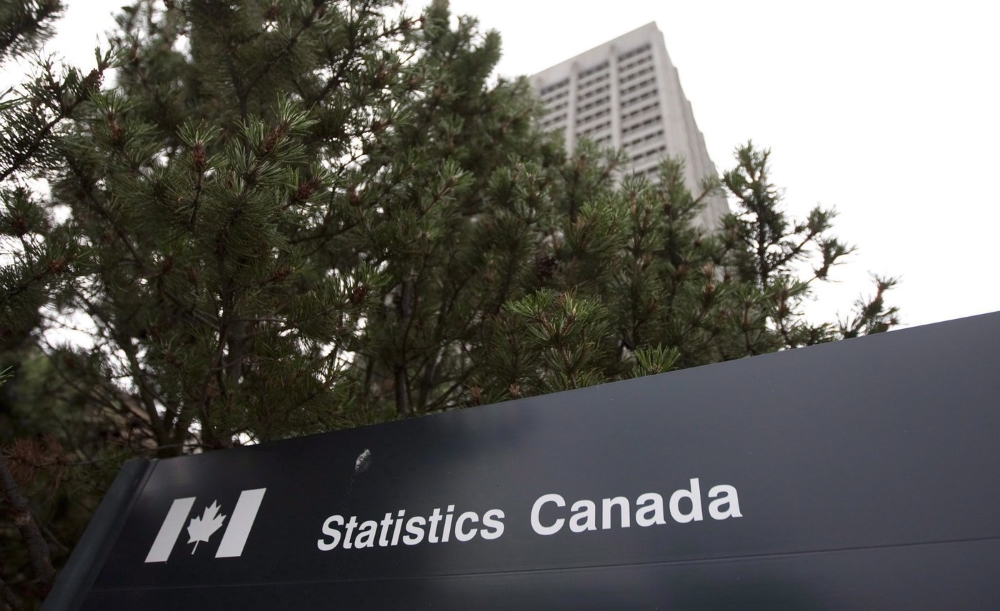The Canadian economy added more jobs than expected last month, but with the gains driven by a seasonal spike in education employment and an increase in part-time work, economists say the job market is weaker than it looks.

Statistics Canada released its September labour force survey Friday morning, which shows employment rose by 64,000 jobs.
The unemployment rate continued to hold steady at 5.5 per cent for the third month in a row.
“While the headline figures will be grabbing most of the attention, we’d caution on getting too excited. Almost all the gains were in the historically volatile education sector,” said TD director of economics James Orlando in a client note.
“Furthermore, most of the job gains were in part-time employment, causing the number of hours worked to decline. These details should throw some cold water on a seemingly hot jobs report.”
Canada’s labour market has cooled over the last year as interest rates have risen.
Still, the unemployment rate remains below pre-pandemic levels. It averaged 5.7 per cent in 2019, the year before COVID-19 upended economic trends.
Strong population growth has also been supporting larger monthly job gains, as more people enter the labour force.
In Saskatchewan, the provincial government says this report from Stats Can shows “13,700 new jobs year-over-year when compared to September 2022. In addition, Saskatchewan’s seasonally adjusted unemployment rate is the second lowest among the provinces at 4.9 per cent, down from 5.4 per cent a month ago. This is well below Canada’s national average of 5.5 per cent.” the government said in a news release.
As for the two biggest cities in Saskatchewan, Regina’s unemployment rate ticked up slightly from 5 percent, to 5.2 per cent.
In Saskatoon the rates held at 5.4 per cent for the second month in a row.
Nationally, more people were working in educational services and transportation and warehousing. Meanwhile, jobs were shed in finance, insurance, real estate rental and leasing, information and recreation, and construction.
The Bank of Canada’s rate hikes since March 2022 are beginning to be felt in the Canadian economy as growth slows and job vacancies fall. The central bank’s key interest rate currently sits at five per cent – the highest it’s been since 2001.
Higher interest rates are expected to continue weighing on the economy and affecting businesses’ appetite for hiring.
Despite these conditions, however, wage growth has outpaced inflation this year, making up for previous losses to price growth.
Average hourly wages in September grew five per cent from a year ago, while inflation came in at four per cent in August.
Economists say wage growth can be a lagging indicator of economic conditions, given workers tend to ask for higher wages to compensate for past cost-of-living increases.









